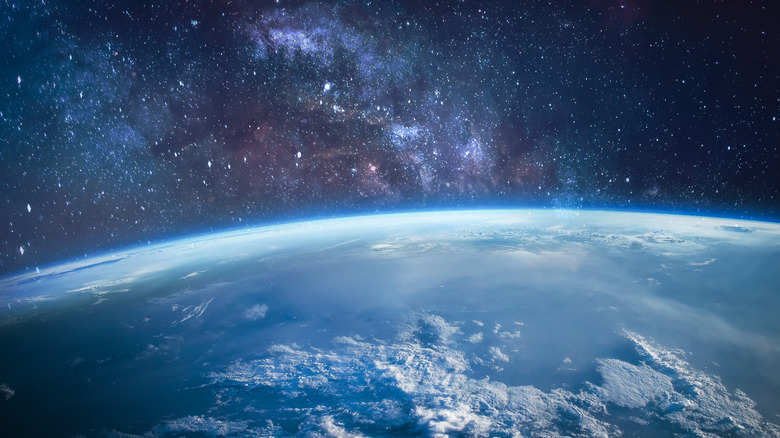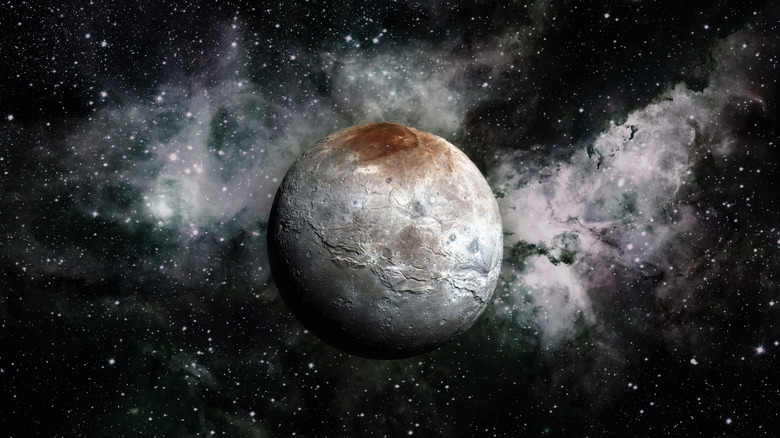The Unexpected Place We Found Water Beyond Earth
The possibility of life beyond Earth has filled our imaginations and been a driving force behind space exploration for thousands of years. Finding water on other celestial bodies in our solar system has strengthened the case, and one of the most unexpected places scientists have discovered water is on Charon, the dwarf planet Pluto's largest moon.
The first indication of water ice on Charon occurred in 1987 during an occlusion of the moon by Pluto, which scientists observed using infrared measurements and published in the journal Science. As investigations continued, other researchers published findings in Science in 2000 of a crystalline form of water ice covering most of the satellite's surface. They also identified ammonia ice, suggesting former and possible active geological activity. The discovery was in line with Voyager surveys showing these components on other moons in the Kuiper Belt – the area where Pluto and its moons are located just beyond Neptune.
In 2007, the International Gemini Observatory in Hawaii dubbed Charon a possible "outer solar system ice machine" after high-resolution spectra depicted frigid geysers gushing material through its crust. This cryovolcanism involves water rising to the surface and turning into ice crystals, indicating that the center of Charon contains liquid water and explaining why the surface is covered in fresh ice. On a side note, cryovolcanism is common among other celestial bodies in the distant solar system. Additionally, images captured by the New Horizons spacecraft in 2015 and published in the Icarus journal revealed multiple terrains that exhibit properties consistent with an ancient ocean across all of Charon. Scientists believe that it's plausible for an underground ocean to be escaping, creating the icy surface.
There is more to the water ice on Charon than meets the eye
Scientists continue to investigate the Charon satellite to find everything possible about it, especially since it doesn't have highly volatile ices like larger trans-Neptunian objects. As a result, they discovered something very interesting about the water ice. Using data collected with the James Webb Space Telescope and published in Nature Communications in October 2024, the authors describe some of the water ice turning into hydrogen peroxide.
After laboratory experiments to test this theory, a team of researchers led by the Southwest Research Institute believe that the formation of hydrogen peroxide from Charon's water ice is the result of irradiation over time. Basically, incoming electrons, ions, and photons from the Sun's ultraviolet light and cosmic and solar energetic particles collide with the original water molecules, forming hydroxide ions that recombine into hydrogen peroxide.
In addition to those findings, the team of scientists detected carbon dioxide signatures with the extended wavelengths made possible with the James Webb Space Telescope. This wasn't a surprise, though, because the compound is present in the part of the protoplanetary disk where the Pluto system developed. Through comparisons with laboratory measurements and spectral surface models, they determined that the carbon dioxide is primarily a surface layer over the subsurface of water ice. The researchers also believe that it rises from under Charon's crust due to impact cratering.

